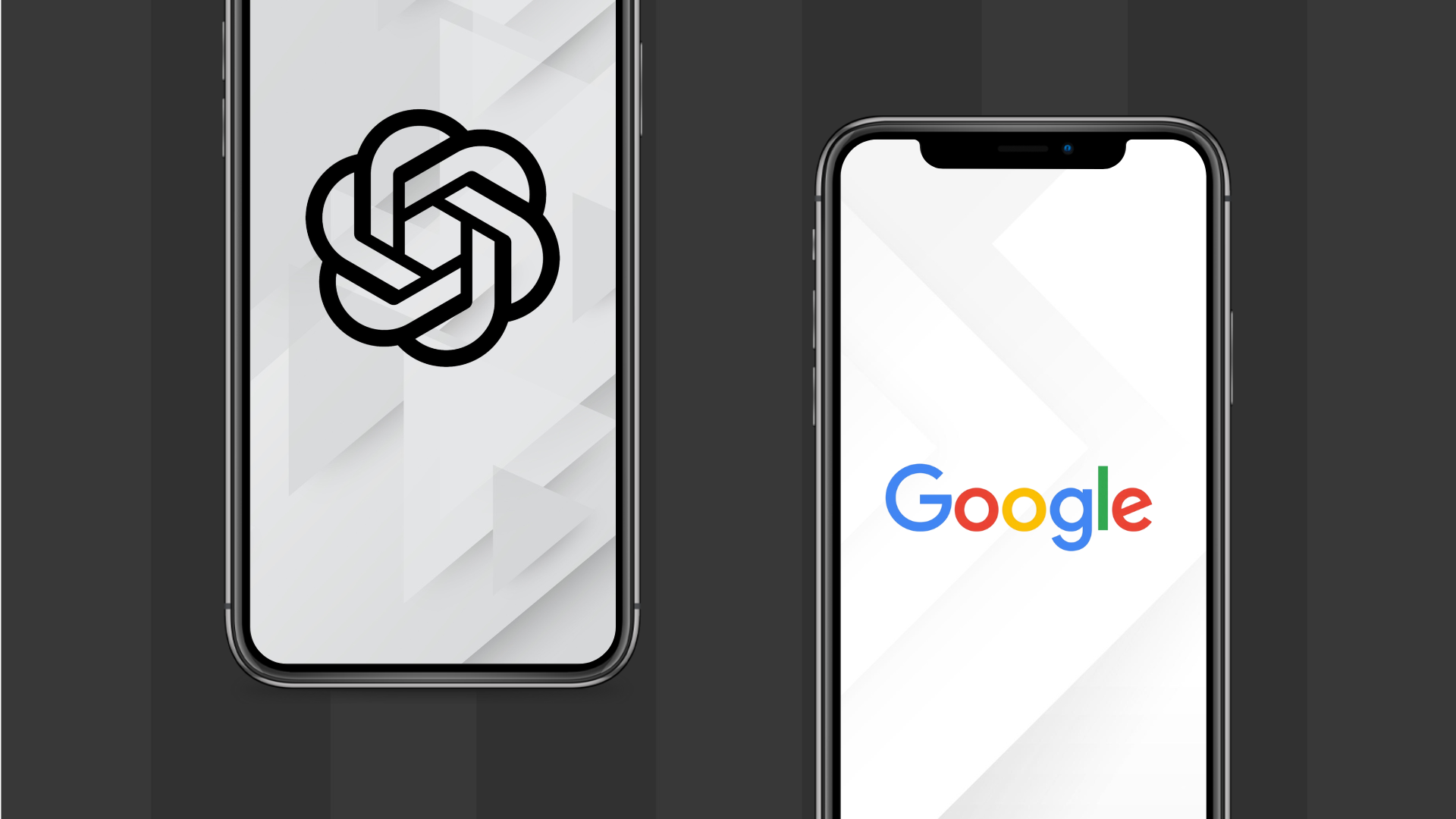How Skims Became a Marketing Powerhouse: What Your Brand Can Learn From It

Kim Kardashian’s shapewear brand, Skims, isn’t just a fashion statement– it’s a marketing masterclass. Since its launch, Skims has skyrocketed to a $4 billion valuation, proving that smart marketing and strong branding can turn any company into a powerhouse. But what exactly makes Skims so successful? Let’s break it down and see how you can apply these genius tactics to your brand.
Authenticity Is Everything
Kim K didn’t just slap her name on a product– she built Skims from a genuine need. She’s been vocal about her struggles to find the right shapewear, which makes Skims feel like a natural extension of her brand. Consumers love authenticity, and they can tell when a brand is real. The lesson? Keep it real with your audience. Share your story, your struggles, and your wins– it builds trust and connection.
Inclusivity Wins Every Time
Skims isn’t just for one body type– it’s for everybody. With sizes ranging from XXS to 5XL and a variety of skin tones, the brand makes sure everyone feels seen. The marketing also reflects this, featuring models of different shapes, ethnicities, and even those with disabilities. The takeaway? Inclusivity isn’t just a trend– it’s the future. Make sure your brand speaks to a diverse audience and represents real people.
Social Media + UGC = A Winning Combo
Skims dominates Instagram and TikTok with behind-the-scenes content, product launches, and real customers showing off their purchases. They encourage user-generated content (UGC) by featuring everyday people wearing Skims, creating a sense of community and authenticity. Want to boost engagement? Encourage your customers to share their experiences and showcase their content on your brand’s platform.


Strategic Celebrity & Brand Collaborations
From Megan Fox to Kate Moss to The North Face, Skims knows the power of a good collaboration. These partnerships bring fresh audiences and credibility to the brand. Want to do the same? Partner with influencers, brands, or industry leaders who align with your vision– it can amplify your reach like crazy.
Hype Up Your Drops
Skims doesn’t just release products– they make it an event. Limited-edition drops, exclusive collections, and waitlists build anticipation and keep customers coming back for more. If you’re launching a product, don’t just put it out there– hype it up. Use teasers, countdowns, and VIP access to make it feel special.
Know Your Audience (and Keep Them Coming Back)
With 70% of their customers being Millenials and Gen Z, Skims knows exactly who they’re talking to. Plus, their 14% repeat customer rate shows they’re keeping shoppers engaged. Understanding your audience is key– analyze your data, listen to feedback, and create experiences that keep customers loyal.
Final Thoughts
Skims is proof that when you mix authenticity, inclusivity, and killer marketing strategies, you can create a brand that stands out in a crowded market. Whether you’re a fashion brand or a local business, there’s plenty to learn from their playbook. Ready to level up your marketing game? Let’s chat! Performance Digital is here to help you build your marketing empire.


